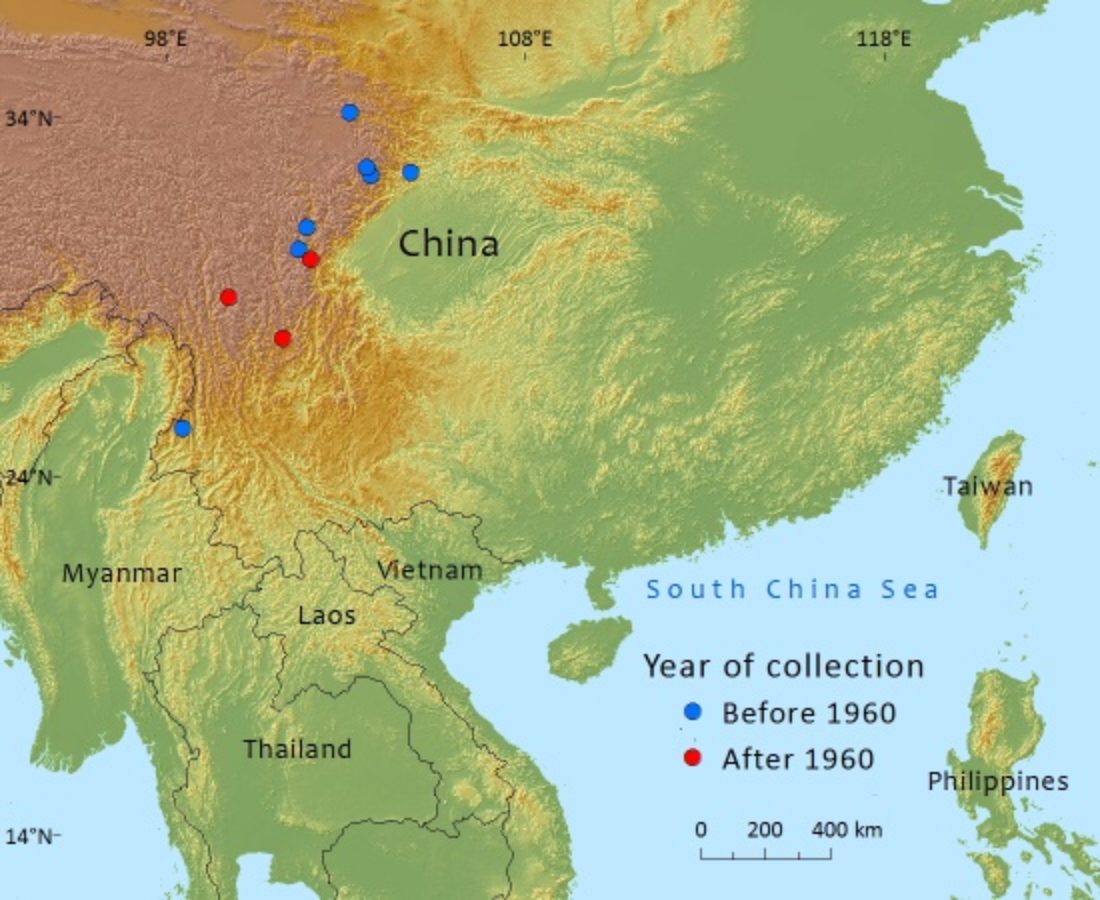Pinaceae
Abies recurvata
A timber tree in western China, which has been heavily exploited until recently when it was decided to preserve the remaining old growth forests
Human Uses
A timber tree in western China, heavily exploited until recently when the Chinese government finally decided to preserve its remaining old growth forests in the western provinces. Its timber was used mainly for construction and carpentry work. The type collection (of var. recurvata) was collected by Ernest H. Wilson on his first expedition to western China in 1903; the species was introduced to horticulture in the USA and UK from seed collected by him on subsequent journeys to the Min River drainage. As with most Chinese species in Abies, it remains a dendrologists' collector's item and has not entered the common gardening trade. A main reason for this is undoubtedly the unavailability of seed from its country of origin for a long period after the efforts of the early twentieth century's plant collectors came to an end. Renewed collecting, made possible in the last few decades in partnership with Chinese botanists, has been undertaken under more restricting conditions and the results have largely remained within the confines of major botanic gardens. Even if trees in cultivation produce viable seed, unless they are grown in complete isolation from other species of Abies, that seed is likely to produce plants with a mixture of genes from almost any of those other species.
References and further reading
- Farjon, A. (2010). A Handbook of the World's Conifers. Koninklijke Brill, Leiden.
- Xiang, Q. & Rushforth, K. (2013). Abies recurvata. In: IUCN 2013. IUCN Red List of Threatened Species. Version 2013.1. <www.iucnredlist.org>. Downloaded on 07 July 2013.
- Ryavec, K. & D. Winkler 2006. Logging impacts to forests in Tibetan areas of Southwest China: a case study from Ganze Prefecture based on 1998 Landsat TM Imagery. Himalaya 26(1):article 10.
